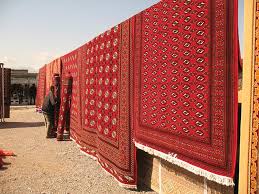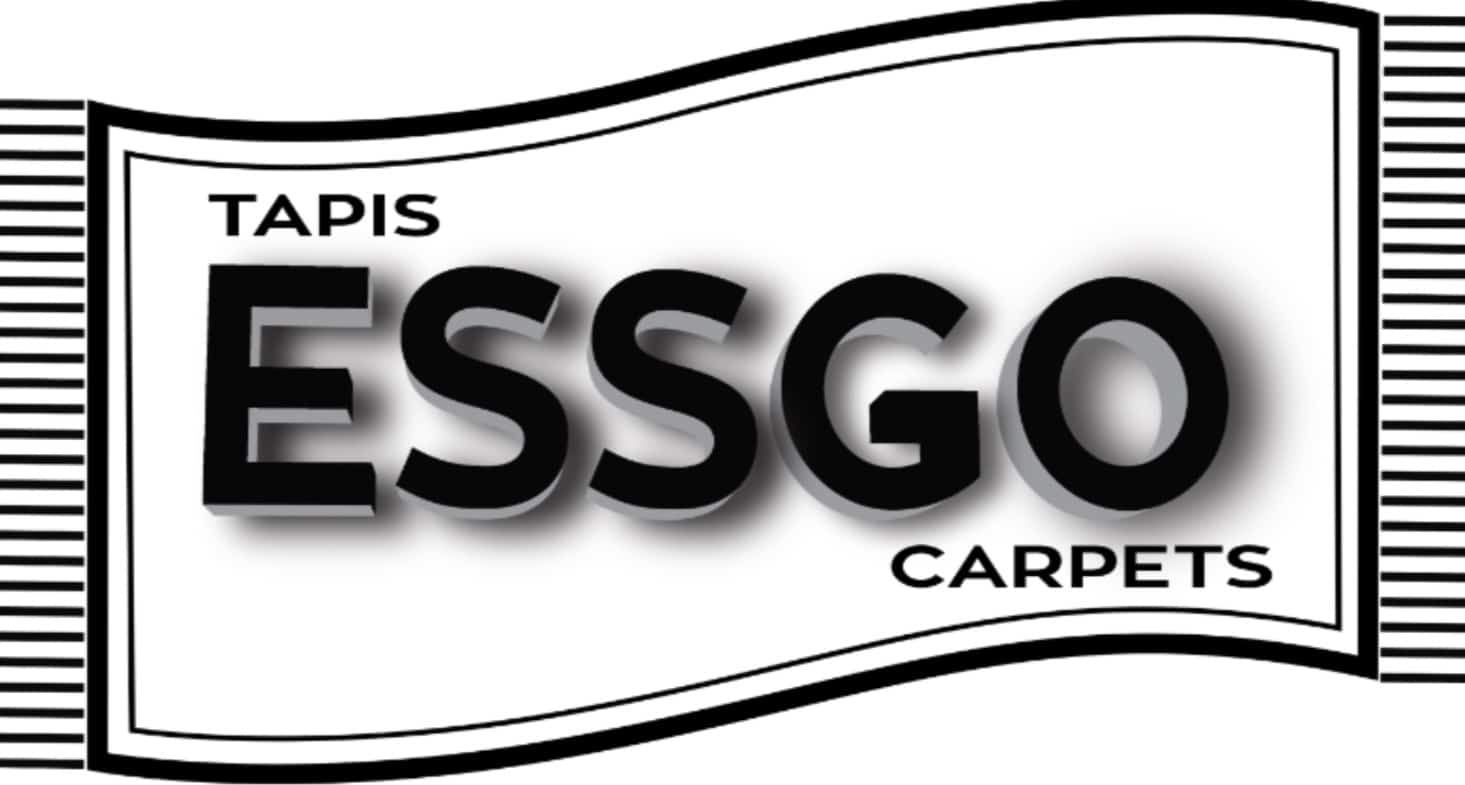History of Turkmen Rugs

23
Sep
Turkmen carpets are the world-renowned handmade textiles of the Turkmen people. The most inspiring evidence of the fact that our rugs are a historical legacy is the “Pazyryk rug” found in the Altay mountains and carbon-dated to have been produced as early as in 4 B.C. Pazaryk has major similarities to Turkmen carets.
Traditions of carpet-weaving have ancient history on this blessed land. An Italian traveler Marco Polo was the first to mention the Turkmen carpets in XIII century. In the 12th chapter of his well-renowned manuscripts he writes: “The finest and the most beautiful carpets are made here and rich fabric of red and other colors are woven here.” Even if by the time of Marco Polo the Turkmen carpets had reached such fineness and beauty, it is not difficult to suppose that the roots go far back to the earlier period because a carpet is mainly a result of creative work of many generations of nameless weavers. In European Renaissance paintings one will be amazed at a number of Turkmen carpets. In “St John Altarpiece” by Hans Memling, we can view the archaic Turkmen Salyr (Chuval) Gol thought perhaps produced by the Turkmen weavers in Anatolia (Turkey). In “Still Life” by the same artist, one the most archaic Turkmen gols is depicted. The nomenclature for this gol is… “Memling Gol”.


Carpet products such as chuvals, khorjuns, torbas (tent and saddle-bags) were intended for purposes of clothing, transportation of various household paraphernalia substituting camels, horses, nomad tents, wedding procession. Every day use of carpet products stipulated their form.
The archaic social system of the Turkmen people is known to have been characterized by the tribal structure. So in textbooks on carpets and carpet products are named by their tribal origin. The major Turkmen tribes are Teke (Tekke), Yomut (Yomud), Arsary (Ersary), Chowdur (Choudur), Saryk (Saryq), Salyr (Salor).
Origin of ornamental carpet designs has realistic basis. Reality surrounding a carpet-weaver was reflected in the carpet design: vegetation and animal kingdom, irrigated fields, etc. These designs that have preserved for centuries are of emphatic national character. Gols (Guls), carpet patterns of the central field, may be of different type.
Carpet articles are closely connected with the everyday life, and this fact determined their form. One of the most typical examples is the carpet doorhanging – “ensi”. Not large rectangular rug with clear-cut composition of the upper and lower sides. Ther lower band is usually wider than the upper sides. Ornamental patterns of ensi differ from the patterns of floor-coverings.
Carpets are symbol of Turkmen culture in general. Each Turkmen tribe owns its own unique motifs and 5 major ones are depicted on our national banner.
The largest collection of antique Turkmen textiles is located at the Turkmen National Carpet Museum that was opened in 1993 in Ashgabat, Turkmenistan. More than a thousand of 18th and 19th century carpets, khorjuns, chuvals, torbas are displayed.


The Turkmen people boast to have woven the largest wool carpet in the world in 2001 that made it even to the Guiness Book of Records. Its area is approximately 300 sq.m. (3333 sq.f.) and weighes almost 1.5 metric tons.


Although the art is ancient, it became truly popular only in the second half of the 19th century. Rugs were produced for nomadic and semi-nomadic Turkmen population. Needless to say, the Turkmen people had no contacts with Europeans. When the first carpet exhibitions were held in Vienna and Berlin, the spectators were stunned by the original beauty of the masterpieces of yet unseen Oriental art.
Generic Turkmen patterns are predominantly geometric in design. Quite many variations of the red color are characteristic of the Turkmen weaving.


